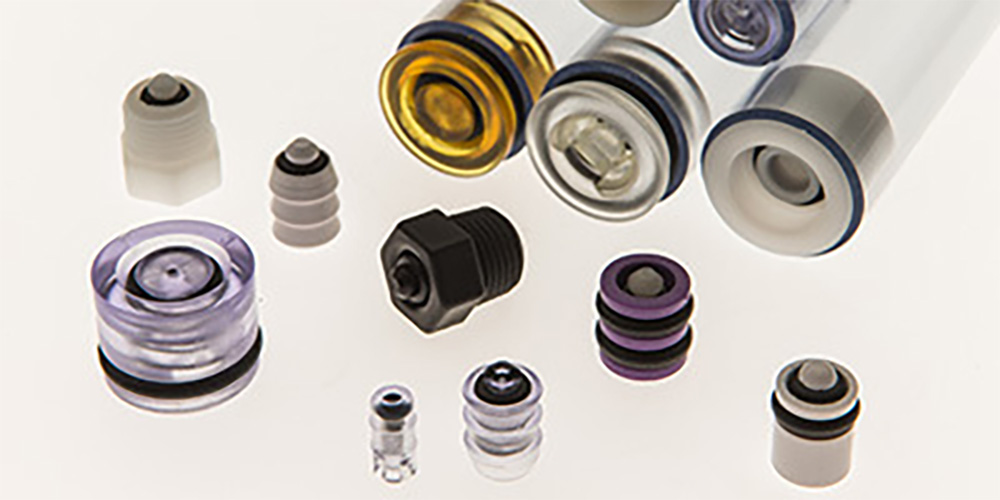
- Backflow preventers – These units are often specifically mandated by codes to protect water supplies and use multiple fail-safes for superior protection against contamination.
- Check valves – These components are simpler, less expensive, one-way valves primarily suited for low-flow, low-pressure applications.
Both backflow preventors and check valves serve key functions in the controlled movement of liquids, ensuring that a flow direction is maintained and that a system’s operation remains unimpeded. We’ll examine some of the key distinctions below.
Understanding Backflow: Causes and Contamination Risk
Backflow is defined as the reversal of a fluid’s flow within a system due to instances of back pressure or back siphoning taking place. Back pressure is when the demand pressure exceeds the supply pressure, while back siphoning is when the supply-side pressure experiences a significant drop.
In either case, problems can quickly mount when backflow occurs, as contaminated water can begin mixing with clean water, harming the final output. Backflow incidents can also be quite costly and time consuming, with the average incident necessitating corrections totaling as much as $15,000.
The Purpose of Backflow Preventers
Backflow preventers are devices that inhibit contaminated water from reversing flow and spoiling water that is headed for a potable, or drinkable, water source. These components are typically found at cross-connection points where municipal drinking water enters a commercial or residential building to then be distributed by internal piping.
Backflow can occur when water pressure fluctuates or suddenly surges, such as during periods of high demands in a system or when a break happens in a main water line. When this takes place, a reversal of water can bring with it sewage, chemicals, and other harmful substances, illustrating the importance of reliable backflow preventers.
The Purpose of Check Valves
Check valves, meanwhile, serve similar purposes as backflow preventers but have some key distinctions. These flow-sensitive components allow liquid to flow unimpeded in one direction, but should the flow reverse, the valve will respond to the change in direction and flow velocity and will close.
These units are not designed to handle the major water systems with higher pressures found in municipalities, but they are more than capable of working in a range of commercial and industrial applications. One aspect to note is that the minimum upstream pressure needed for check valve operation is between 1 and 5 pounds of force per square inch, known as the cracking pressure.
Applications and Suitability: Low-Risk vs. High-Risk Scenarios
- Backflow preventers are required by law and industry standards for higher-risk situations, and also feature numerous protections and fail-safe designs.
- Local plumbing codes and organizations overseeing water distribution detail requirements for backflow preventers, particularly in cases where they are connected to fire protection systems.
- These components help to safeguard drinking water heading to commercial and residential buildings, as well as prevent contamination within irrigation systems.
- Check valves, on the other hand, do not need to meet some of the more rigorous standards applied to backflow preventers, but they still serve vital functions within facilities and applications.
- These components are used within air lines, plumbing systems, sump pumps, aquariums, and other spaces, impeding backflow and preventing equipment damage, and are often much less expensive than backflow preventers.
FAQs About Backflow Preventers and Check Valves
Is a check valve a safe substitute for a backflow preventer when safeguarding drinking water?
No, a check valve cannot be regarded as a safe substitute for a backflow preventer, especially when protecting drinking water, because it lacks the multiple fail-safe features required for high-risk contamination scenarios.
What is the core difference between a backflow preventer and a check valve?
A backflow preventer is specifically designed to prevent sewage from flowing back into a building, whereas a check valve is a general device that stops media from flowing in reverse in various non-sewage and high-risk applications.
What common contaminants can pollute public drinking water if backflow occurs?
Contaminants that can be introduced into the public drinking water supply include fertilizers, pesticides, human waste, and harmful chemicals from building systems for sprinklers or irrigation.
Check Valves from Smart Products USA
Our team supplies premium check valves in many styles, including:
- Series 100 standard cartridge check valves
- Series 100 specialty cartridge check valves
- Series 200 NPT and metric check valves
- Series 300 modular check valves
- Series 500 miniature modular check valves
The equipment we provide is economical, features a temperature range from -40 °F to 400 °F, and has options for FDA- and NSF-compliant and corrosion-resistant materials. Plus, all of our check valves can be customized to meet specific customer needs, including for valve operation, plastic body materials, O-ring materials, and spring pressure.
Why We’re Your Source for Check Valves
The Smart Products team is committed to providing the best service and equipment for our customers, and people choose us because of our:
- USA-made, hand-built check and pressure valves that go through rigorous sampling and testing processes
- Ability to offer millions of potential configurations for our products, with units tailor-made for specific industries and regulations
- National and international shipping
- ISO 9001:2015 certification
Contact Us
If you’re looking for quality check valves to keep your essential equipment operating effectively, contact the Smart Products team today. We look forward to discussing your project with you.

